Home>Garden Essentials>How To Keep Dogs Off Grass Seed
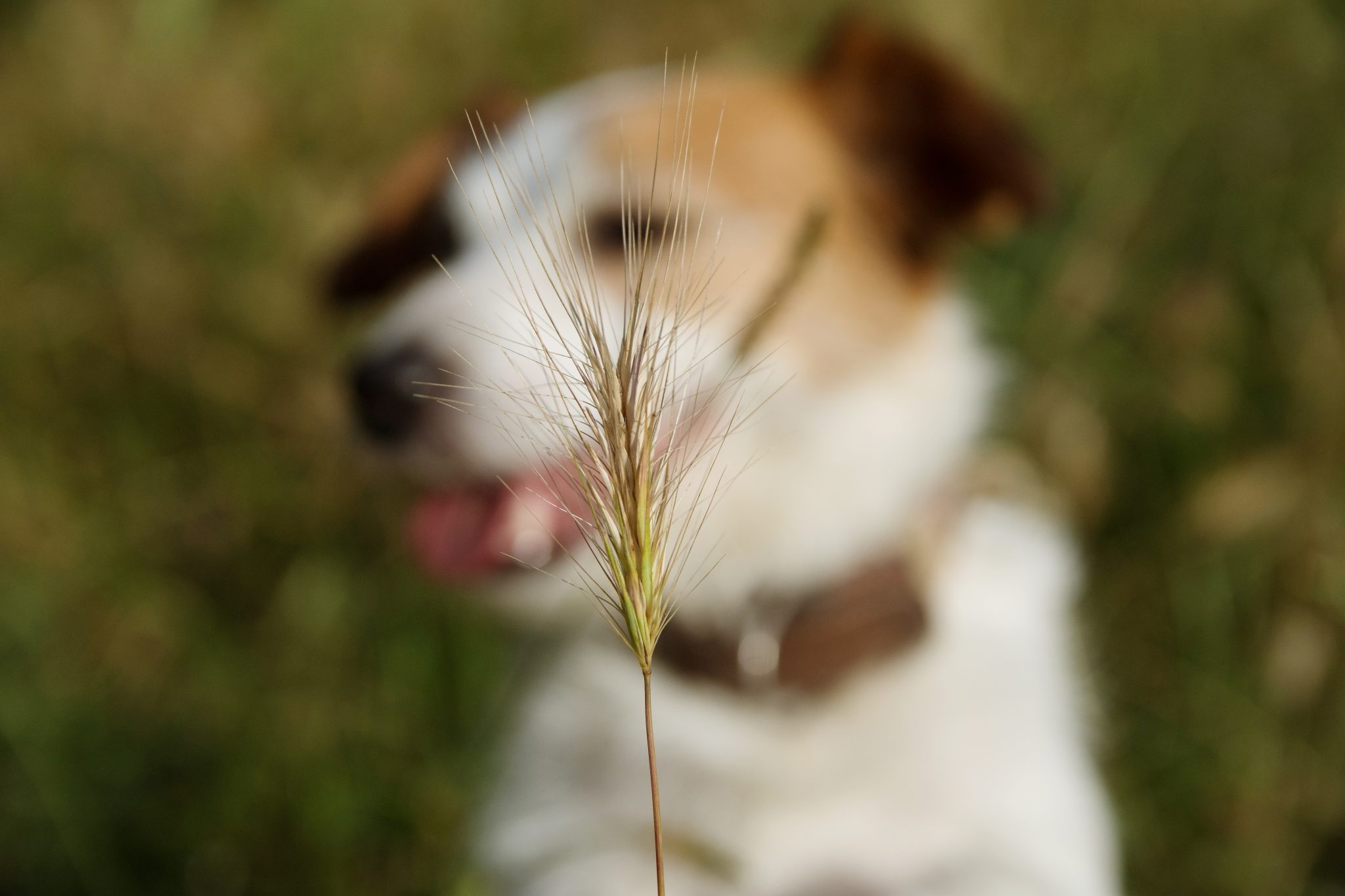

Garden Essentials
How To Keep Dogs Off Grass Seed
Modified: August 30, 2024
Learn effective ways to keep dogs off your garden and protect your newly planted grass seed. Safeguard your garden from their mischievous paws with these helpful tips.
(Many of the links in this article redirect to a specific reviewed product. Your purchase of these products through affiliate links helps to generate commission for Storables.com, at no extra cost. Learn more)
Introduction
Welcome to our comprehensive guide on how to keep dogs off grass seed. If you’re a proud dog owner and enjoy working on your garden, you may have faced the challenge of keeping your furry friend away from freshly sown grass seed. While dogs bring joy and companionship to our lives, their playful nature and curiosity can sometimes interfere with our landscaping efforts.
It’s important to establish boundaries and create a safe environment for both your four-legged friend and your garden. In this article, we will explore the reasons why it’s crucial to keep dogs off grass seed, the potential risks associated with their contact, and practical tips to deter them from this area.
By understanding the importance of keeping dogs away from grass seed and implementing effective strategies, you can ensure a flourishing lawn and a happy, healthy pup.
Key Takeaways:
- Dogs can disrupt grass seed growth by digging, urinating, or eating the seed. Use barriers, natural repellents, and positive reinforcement to keep them away and ensure a healthy lawn.
- Consider dog-friendly landscaping alternatives like artificial turf and raised garden beds to create a safe and enjoyable outdoor space for both your furry friend and your garden.
Read more: How To Keep Dogs Off Patio Furniture
Understanding the Importance of Keeping Dogs off Grass Seed
When it comes to growing a lush and vibrant lawn, the early stages are crucial. Properly nurturing grass seed requires a delicate balance of moisture, sunlight, and nutrients. Unfortunately, dogs can unwittingly disrupt this process with their natural instincts and behaviors.
Firstly, dogs have a tendency to dig and explore with their paws. This can lead to the disturbance of the soil and the displacement of the grass seed. While their curiosity is understandable, their actions can hinder the germination process and result in patchy or uneven growth.
Secondly, dogs often urinate on outdoor surfaces, including newly seeded areas. While this may seem harmless, dog urine can contain high levels of nitrogen, which can burn and damage tender grass seedlings. Not only does this hinder growth, but it can also create unsightly yellow patches throughout your lawn.
Additionally, dogs may also be tempted to eat grass seed. Whether it’s due to boredom or an instinctual urge, consumption of grass seed can result in gastrointestinal issues for your furry friend. It’s important to protect their health and ensure they’re not ingesting anything that could harm them.
By keeping dogs away from grass seed, you are allowing the seeds to establish and grow undisturbed. This will promote healthy germination, even growth, and ultimately lead to a beautiful and well-maintained lawn.
Now that we understand the importance of keeping dogs off grass seed, let’s examine the causes behind their interaction with this area and the potential risks involved.
Causes of Dogs Interacting with Grass Seed
Dogs are naturally curious creatures, and their interaction with grass seed can be attributed to a few different reasons. Understanding these causes can help us address the issue and find effective solutions.
1. Curiosity: Dogs have an innate curiosity that drives them to explore their surroundings. This curiosity often extends to new smells and textures, such as freshly sown grass seed. They may be attracted to the scent or intrigued by the unfamiliar surface, leading to their interaction with the seed.
2. Playfulness: Dogs love to play, and the sight of a freshly seeded area can be irresistible to them. The soft soil and scattered seed can resemble an interactive play area, inviting them to dig, paw, and roll around in the grass seed. However, their playful antics can cause damage and hinder the growth of the grass.
3. Marking Territory: Dogs use urine marking as a way to communicate and establish their territory. Unfortunately, this instinctual behavior can be detrimental to newly sown grass seed. The high nitrogen content in their urine can result in burning or discoloration of the seedlings, hindering their growth and creating unsightly patches in the lawn.
4. Boredom: Dogs that are bored or under-stimulated may seek out activities to occupy themselves. The sight of a freshly sown area can be a tempting target for their attention. To alleviate their boredom, they may dig, chew, or play with the grass seed, causing disruption and damage to the growing process.
Understanding the reasons behind a dog’s interaction with grass seed allows us to tailor our approaches to prevent such behavior. In the next section, we will explore the potential risks associated with dogs being in contact with grass seed and why it’s important to mitigate them.
Potential Risks of Dogs Being in Contact with Grass Seed
While it may seem harmless for dogs to interact with grass seed, there are potential risks and consequences that should be considered. These risks can impact both the health of your furry friend and the success of your lawn.
1. Ingestion: Dogs may be tempted to eat grass seed, especially if they find it intriguing or if they are experiencing boredom. Ingesting grass seed can lead to gastrointestinal issues such as vomiting, diarrhea, or intestinal blockage. It’s important to prevent dogs from consuming grass seed to avoid potential harm and discomfort.
2. Seed Displacement: Dogs are naturally curious and may dig or paw at the soil where grass seed has been sown. This can result in the displacement of the seed, disrupting the even distribution and hindering the germination process. As a result, your lawn may develop patchy areas or struggle to establish healthy growth.
3. Urine Damage: Dog urine can contain high levels of nitrogen, which can burn and damage grass seedlings. When dogs urinate on newly seeded areas, it can lead to yellow patches and stunted growth. This can be particularly problematic if your dog frequently visits the same spot, as it can create a persistent problem area in your lawn.
4. Paw Print Damage: Dogs walking or running over freshly sown grass seed can leave behind paw prints, flattening the soil and potentially disturbing the seedlings. This can affect the overall appearance of your lawn and result in uneven growth patterns.
In order to protect both your dog and your lawn, it’s important to take precautions and implement strategies to keep dogs off grass seed. By doing so, you can prevent potential health issues for your pet and promote the successful growth of your lawn.
In the following section, we will provide practical tips and techniques for keeping dogs away from grass seed and maintaining a dog-friendly garden.
To keep dogs off grass seed, create a barrier around the seeded area using chicken wire or garden fencing. This will prevent dogs from walking on or digging up the newly planted grass seed.
Tips for Keeping Dogs off Grass Seed
Keeping dogs away from grass seed requires a combination of strategies and training techniques. Here are some effective tips to help deter your furry friend from interfering with your freshly seeded lawn:
1. Create a Barrier: Install a physical barrier around the area where the grass seed has been sown. This can be a temporary fence, garden netting, or even simple stakes with string. The barrier will serve as a visual cue for your dog to stay away from the seeded area.
2. Use Natural Repellents: Certain scents and substances are known to be deterrents for dogs. Applying natural repellents, such as citrus peels, vinegar, or diluted essential oils, around the perimeter of the grass seed can discourage your dog from approaching. However, make sure to use dog-safe options and avoid any harmful chemicals.
3. Provide an Alternative Area: Designate a specific area in your garden for your dog to play, dig, or explore freely. By providing them with an alternative space, you can redirect their attention away from the grass seed. Make this area appealing by incorporating their toys, a sandbox, or other engaging elements.
4. Distraction Techniques: Engage your dog in alternative activities to keep them mentally and physically stimulated. Regular exercise, interactive toys, and playtime can help alleviate boredom and reduce their interest in the grass seed. By redirecting their focus, you can prevent them from engaging with the seeded area.
5. Positive Reinforcement Training: Use positive reinforcement techniques to teach your dog boundaries and discourage them from approaching the grass seed. Reward them with treats, praise, and attention when they stay away from the seeded area. Consistency and repetition are key to reinforcing the desired behavior.
6. Supervision and Monitoring: Keep a close eye on your dog when they are in the garden, especially during the initial stages of seeding. Supervision allows you to intervene and correct any behavior that may disrupt the growth process. By being vigilant, you can prevent any potential damage to the grass seed.
7. Temporary Restriction: If all else fails, consider temporarily restricting your dog’s access to the garden until the grass seed has germinated and established. This can be done by confining them to a different part of the house or using a dog crate or gate to keep them away from the seeded area.
Remember, patience and consistency are vital when implementing these tips. Over time, your dog will learn to respect the boundaries you’ve set and will refrain from interfering with the grass seed.
In addition to these tips, there are also alternative landscaping options to consider that are more suitable for dog-friendly environments. We will explore these options in the next section.
Read more: How To Keep Dogs Off Porch
Alternative Options to Consider for Dog-Friendly Landscaping
If you’re a dog owner and want to create a dog-friendly garden that eliminates the need for grass seed and minimizes the risk of damage, there are alternative landscaping options to consider. These alternatives provide a safe and enjoyable environment for your furry friend while still maintaining the beauty of your outdoor space.
1. Artificial Turf: Artificial turf is a popular choice for dog owners as it offers a low-maintenance and durable alternative to natural grass. It provides a soft and safe surface for dogs to play on while eliminating the need for grass seed. Opt for high-quality, pet-friendly artificial turf that is designed to withstand frequent use and will not harbor bacteria or cause allergies for your pet.
2. Dog-Friendly Ground Covers: Consider using dog-friendly ground covers that are resilient and can handle the wear and tear of playful pups. Options like gravel, wood chips, or mulch can create a visually appealing and low-maintenance surface that dogs can comfortably run and play on. Make sure to choose non-toxic materials that are safe for your dog if ingested.
3. Dog-Friendly Plants: Incorporating dog-friendly plants in your garden ensures a safe environment for your pet. Choose plants that are non-toxic to dogs, such as lavender, sunflowers, and rosemary. Avoid plants that are known to be toxic, such as lilies or azaleas, as ingestion can cause harm to your furry friend. Research dog-safe plants or consult with a local garden center to ensure you make the right choices.
4. Dog Runs or Play Areas: Designate a specific area for your dog to run, play, and engage in activities without interfering with the rest of your garden. This area can be created using dog-safe materials like artificial turf, gravel, or wood chips. Add dog toys, obstacles, and shaded spaces to make it an enticing and enjoyable space for your pup.
5. Raised Garden Beds: Consider creating raised garden beds to protect your plants and keep them out of your dog’s reach. This will prevent dogs from accidentally trampling or digging up your plants. Opt for sturdy materials like brick or wood, and ensure the height is sufficient to deter your dog from jumping or reaching over.
By implementing these alternative options for dog-friendly landscaping, you can create a beautiful outdoor space that both you and your furry friend can enjoy without the need for grass seed. Remember to always consider the specific needs and behavior of your dog when designing and planning your garden.
Now that you have learned about effective tips for keeping dogs off grass seed and alternative options for dog-friendly landscaping, you can create a harmonious balance between your garden and your furry companion. With patience, consistent training, and the right choices in landscaping, you can have a thriving garden and a happy, healthy dog.
By following these strategies and considering dog-friendly alternatives, you can maintain the beauty of your garden while ensuring the safety and well-being of your beloved canine companion.
Conclusion
Keeping dogs off grass seed is a crucial aspect of maintaining a healthy and flourishing garden while ensuring the safety and well-being of your furry friend. Dogs have natural instincts and behaviors that can inadvertently disrupt the germination process and hinder the growth of grass seed. By understanding the importance of keeping dogs away from grass seed, identifying the causes of their interaction, and recognizing the potential risks involved, you can take proactive measures to mitigate these issues.
In this comprehensive guide, we’ve provided valuable tips and strategies for keeping dogs off grass seed. Creating physical barriers, using natural repellents, providing alternative play areas, and implementing positive reinforcement training are all effective techniques to deter dogs from interfering with your freshly seeded lawn. It’s important to be consistent in your efforts and provide appropriate distractions to redirect their attention.
Furthermore, we explored alternative options for dog-friendly landscaping that eliminate the need for grass seed altogether. Artificial turf, dog-friendly ground covers, raised garden beds, and designated play areas are just a few examples of how you can create a safe and enjoyable environment for both your dog and your garden.
By implementing these tips and considering dog-friendly alternatives, you can strike a balance between maintaining a beautiful garden and ensuring the happiness of your canine companion. Remember, patience and consistency are key when training your dog to stay away from grass seed, and always prioritize their safety and well-being.
So go ahead and embark on your journey to create a dog-friendly garden. With the right strategies and a touch of creativity, you can enjoy a vibrant and thriving outdoor space where both you and your furry friend can relax and play without any worries.
Frequently Asked Questions about How To Keep Dogs Off Grass Seed
Was this page helpful?
At Storables.com, we guarantee accurate and reliable information. Our content, validated by Expert Board Contributors, is crafted following stringent Editorial Policies. We're committed to providing you with well-researched, expert-backed insights for all your informational needs.

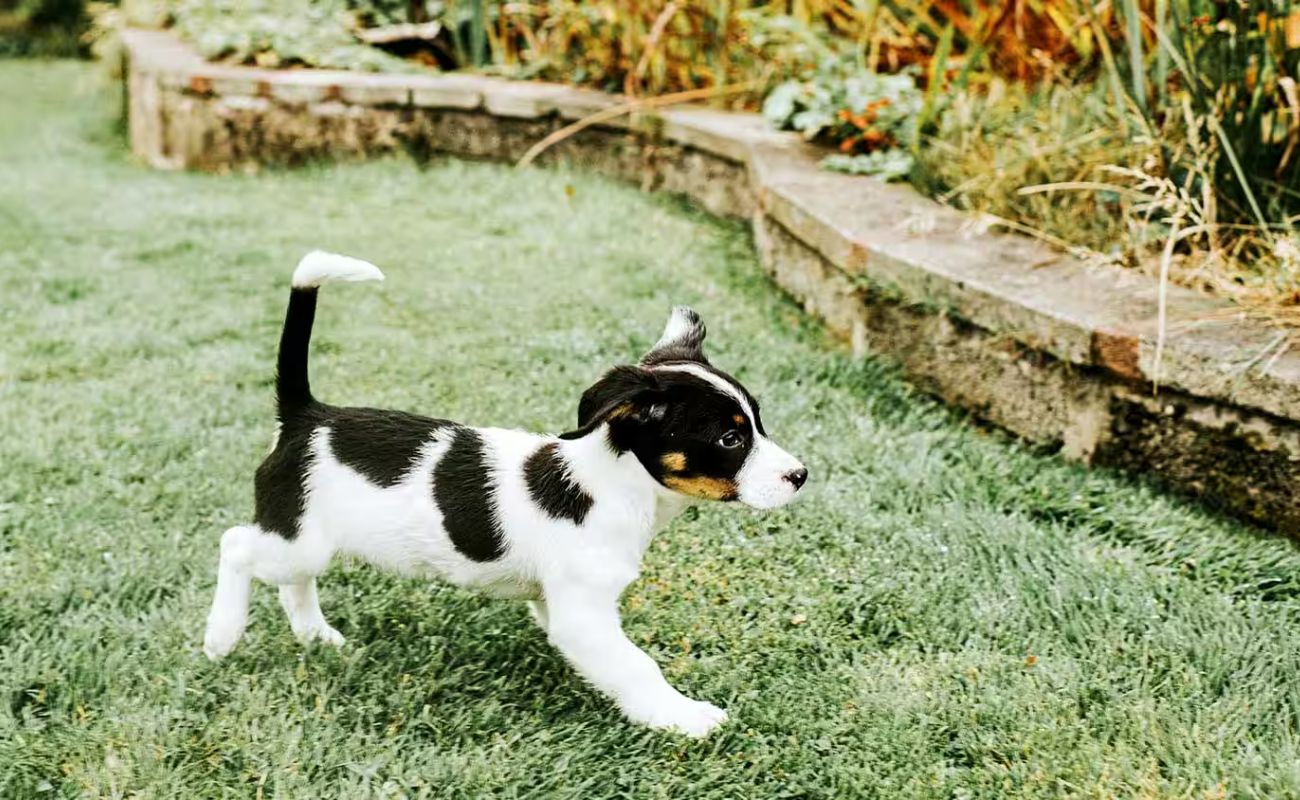
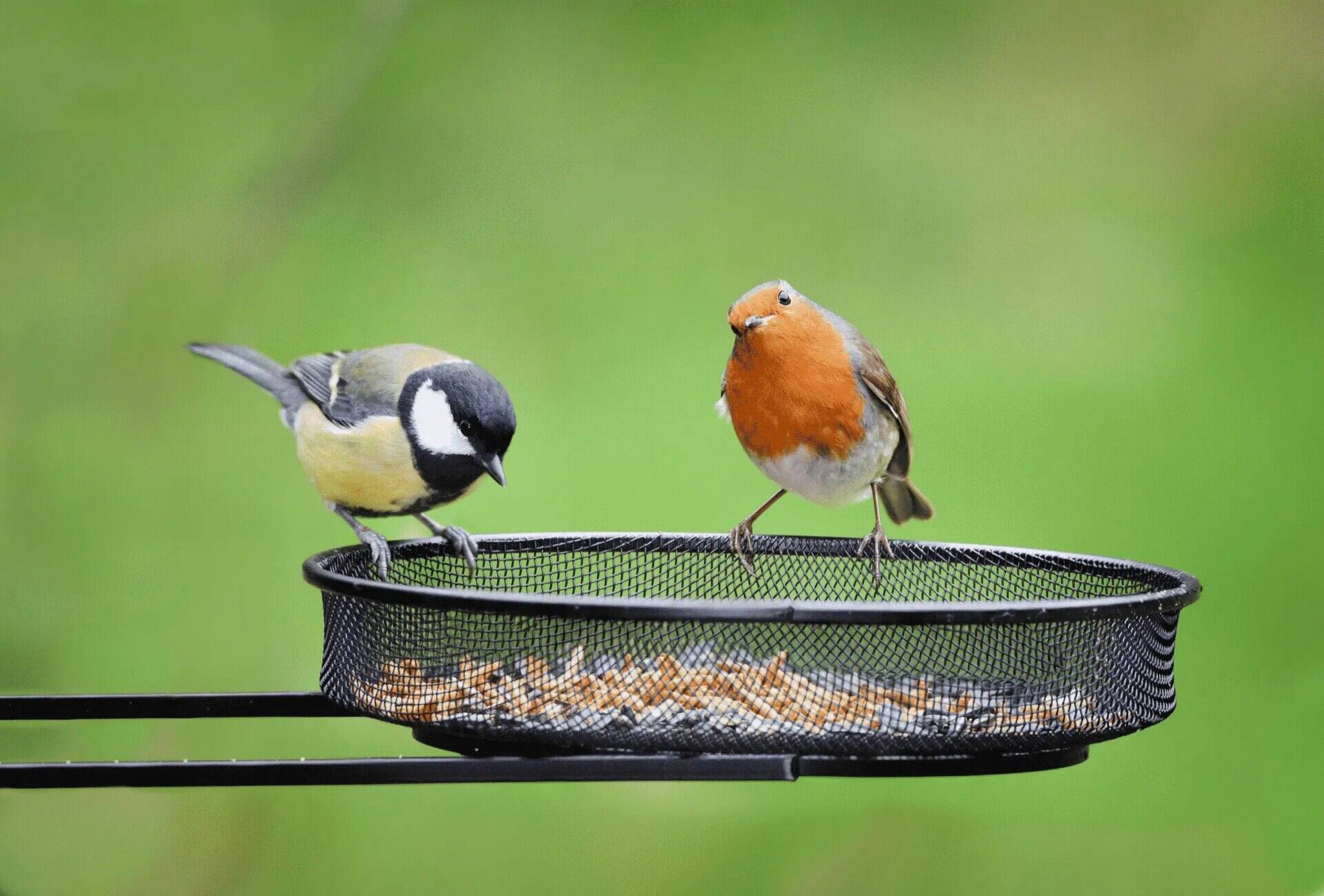
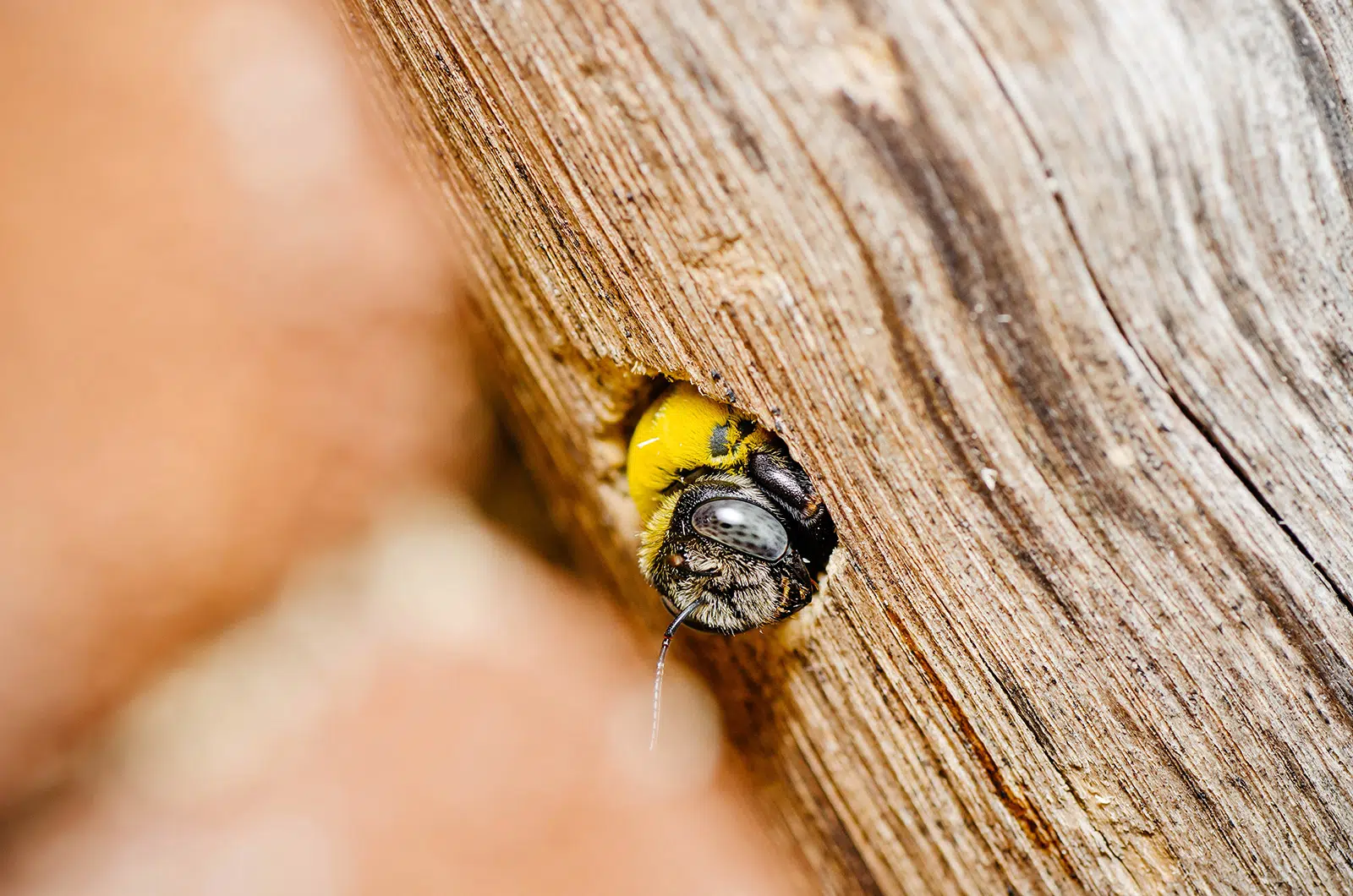
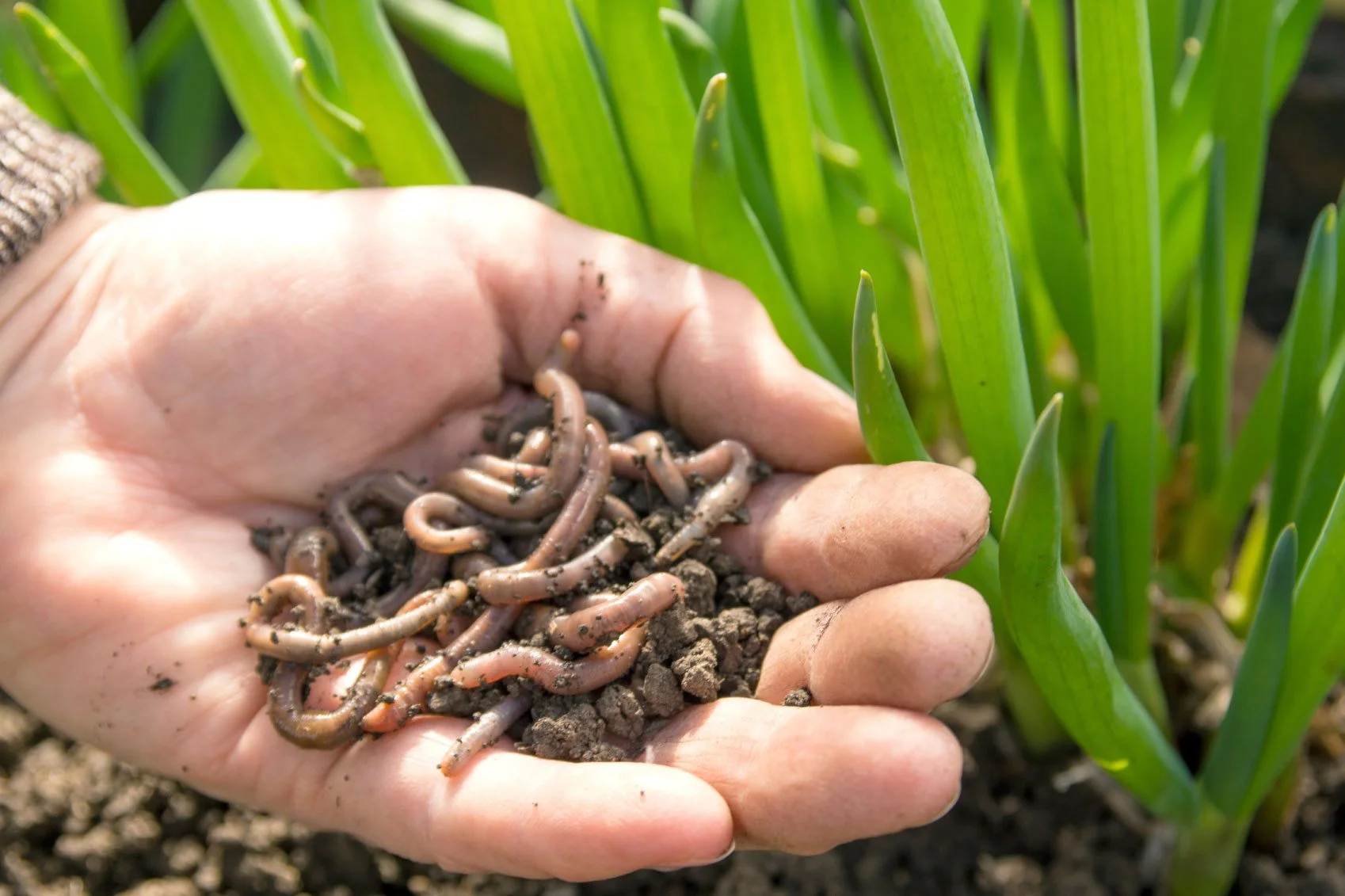
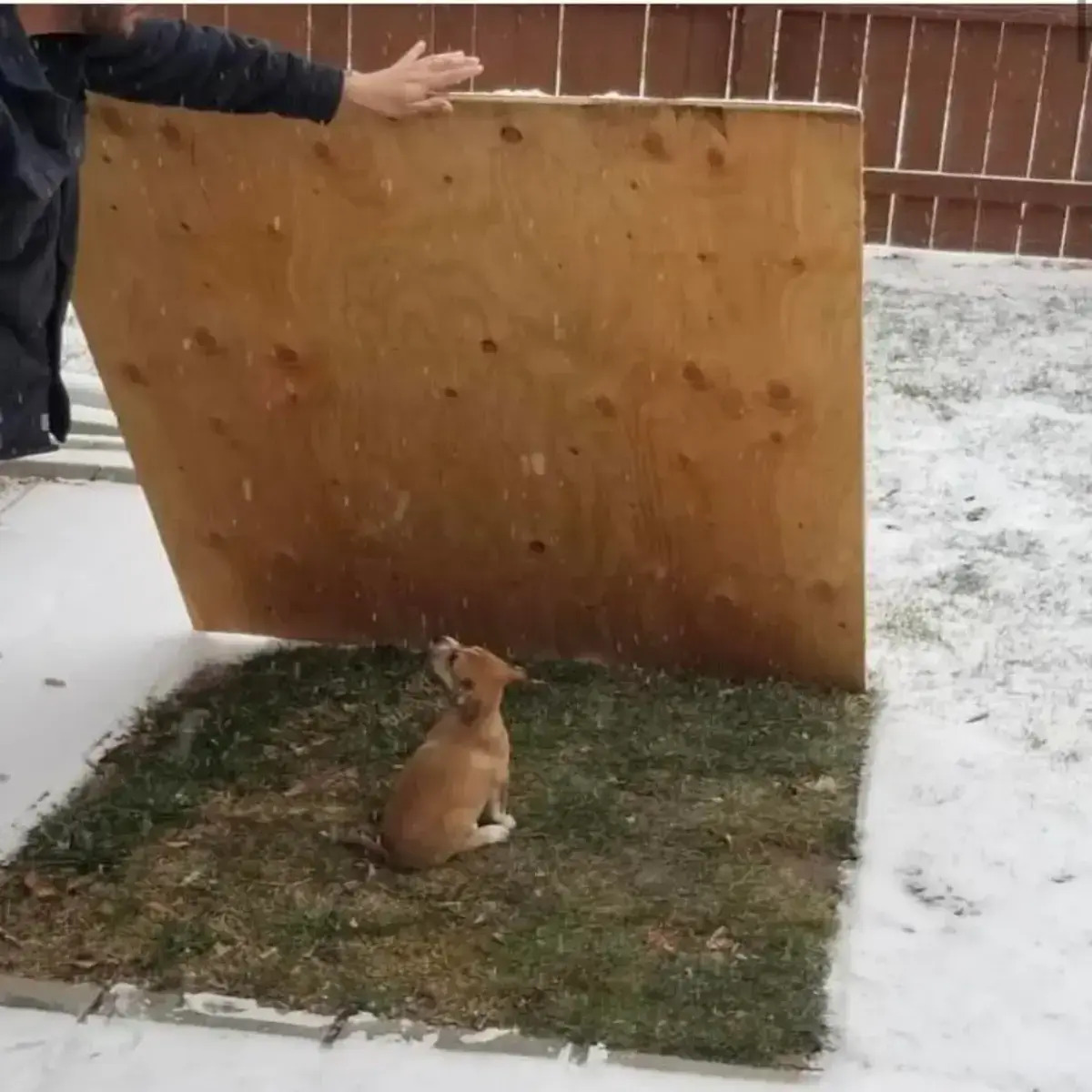

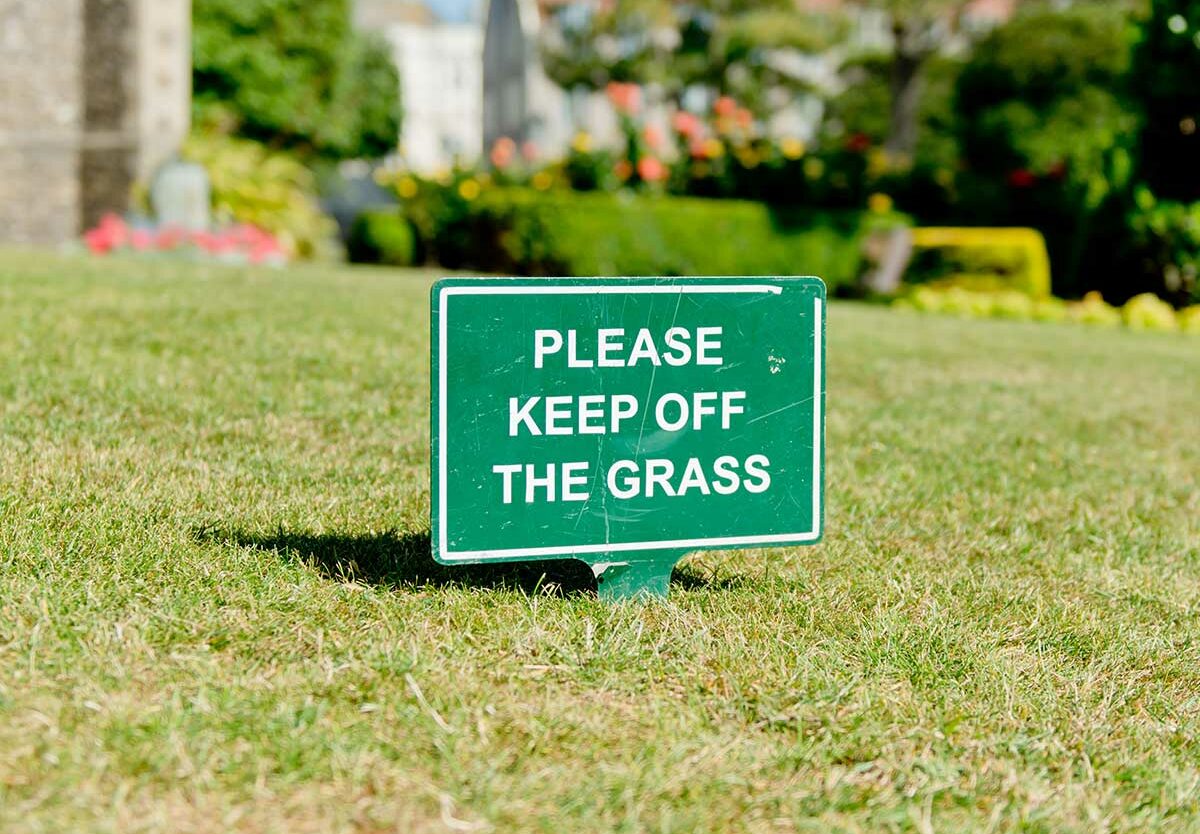
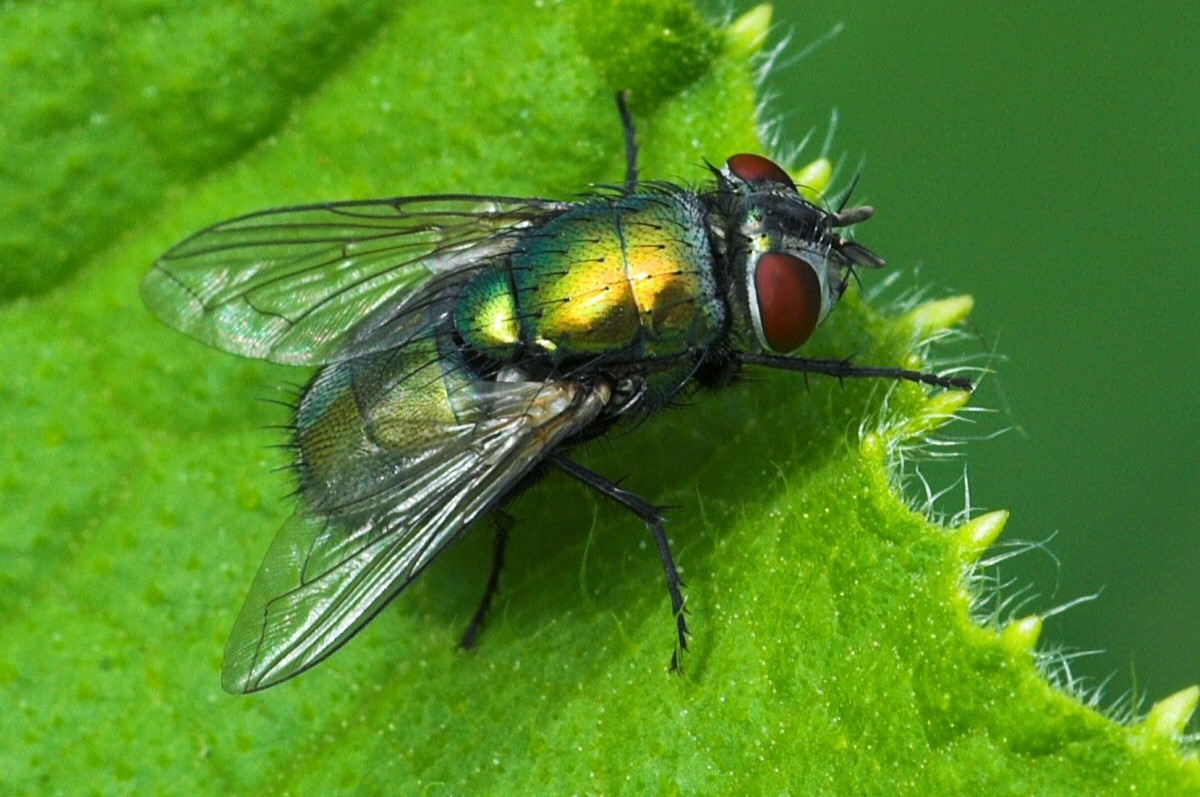
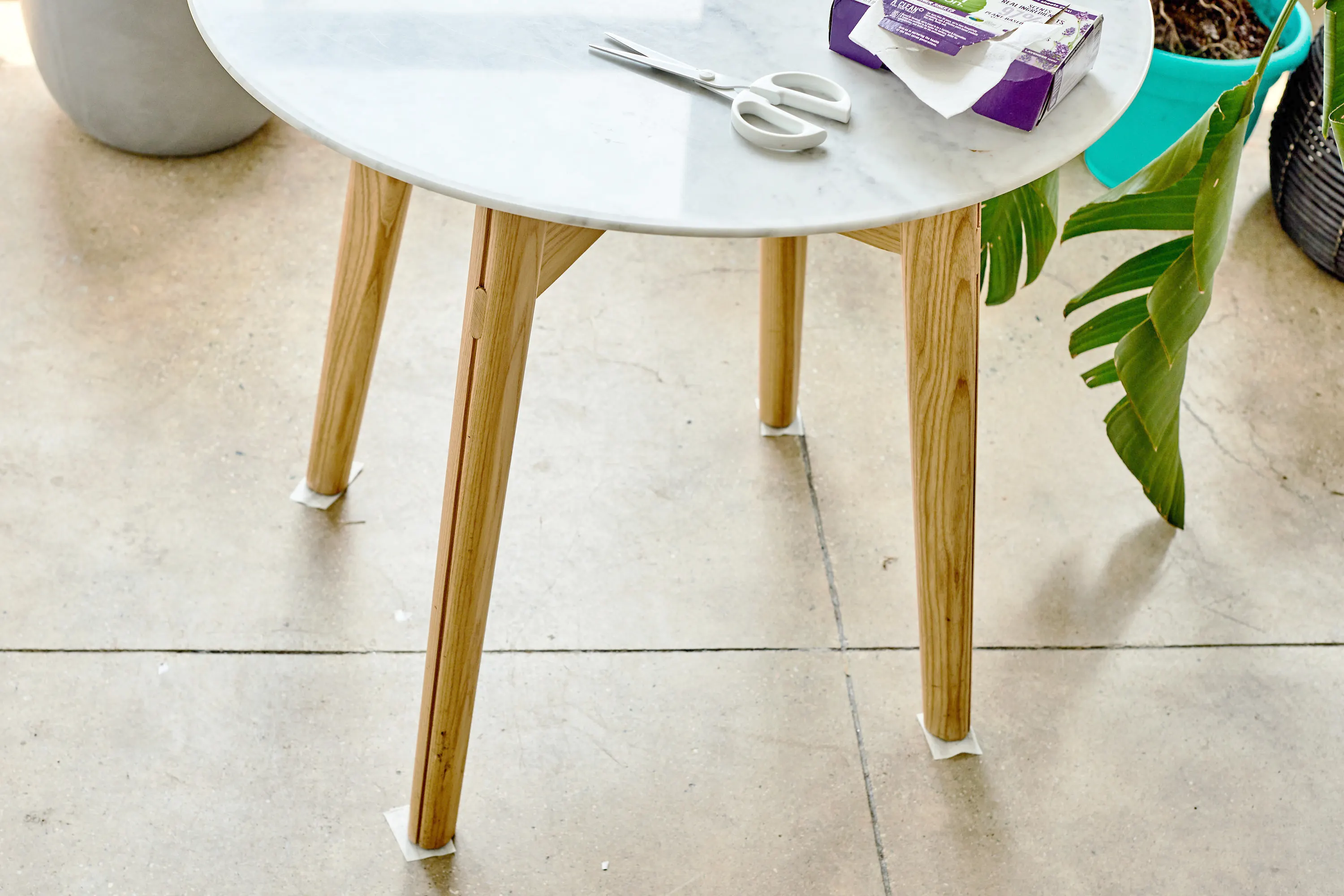
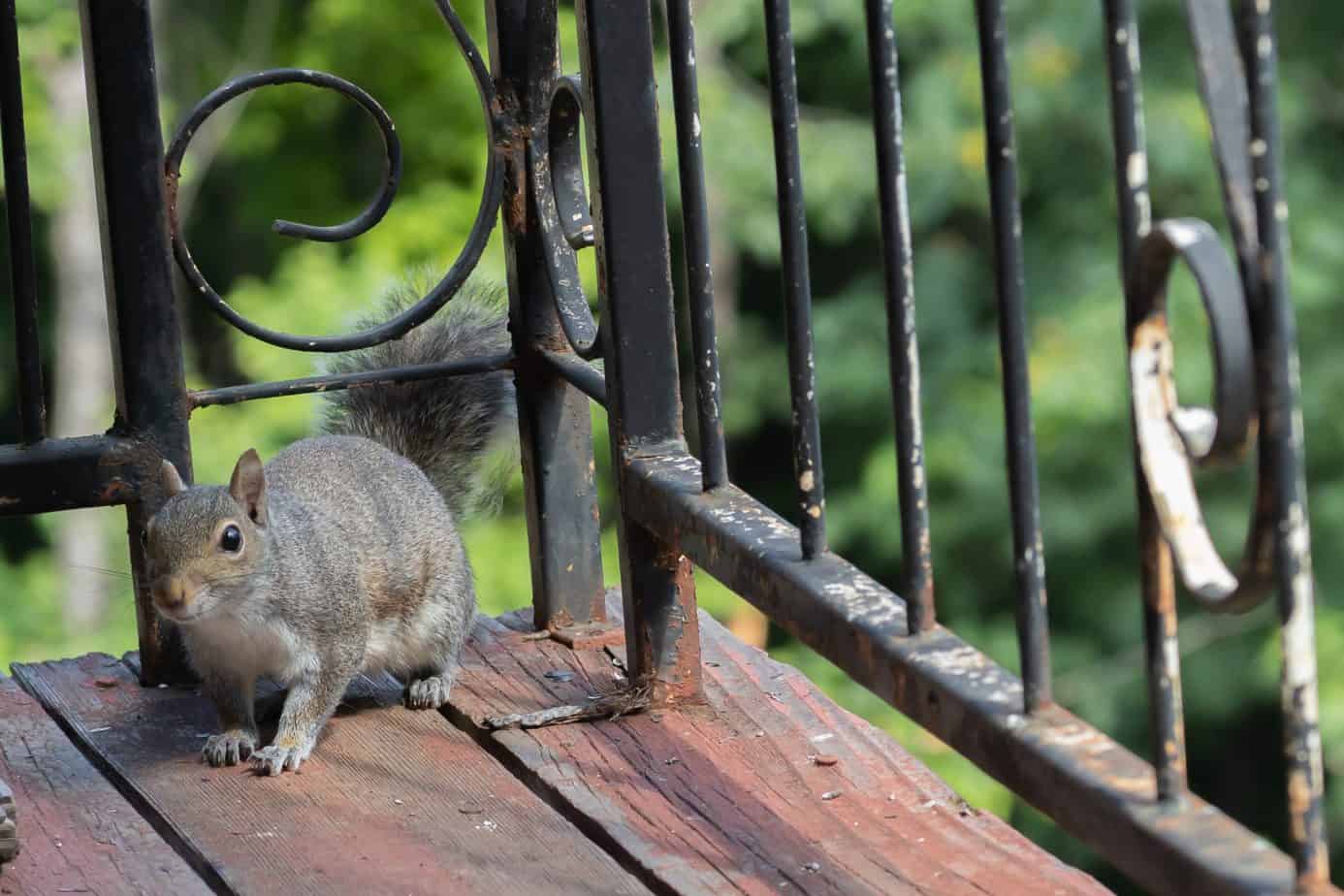
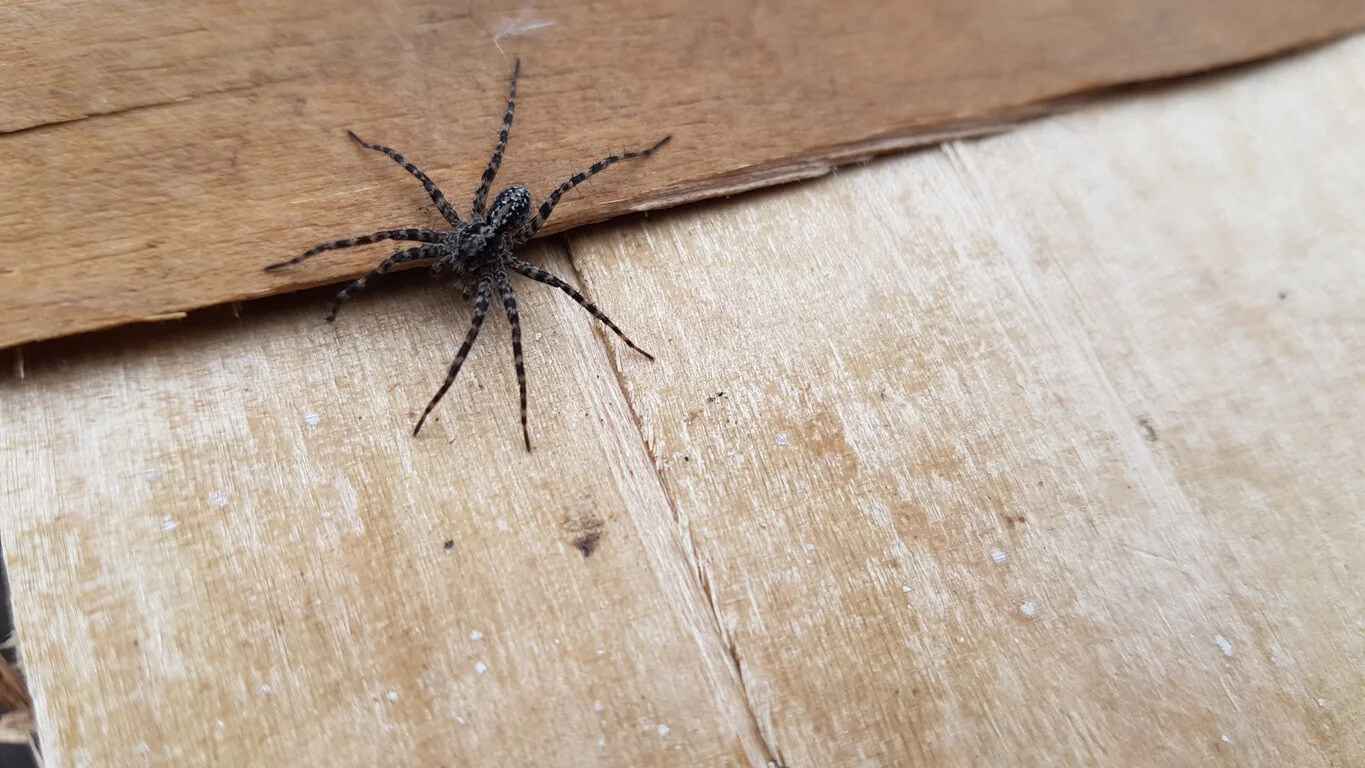
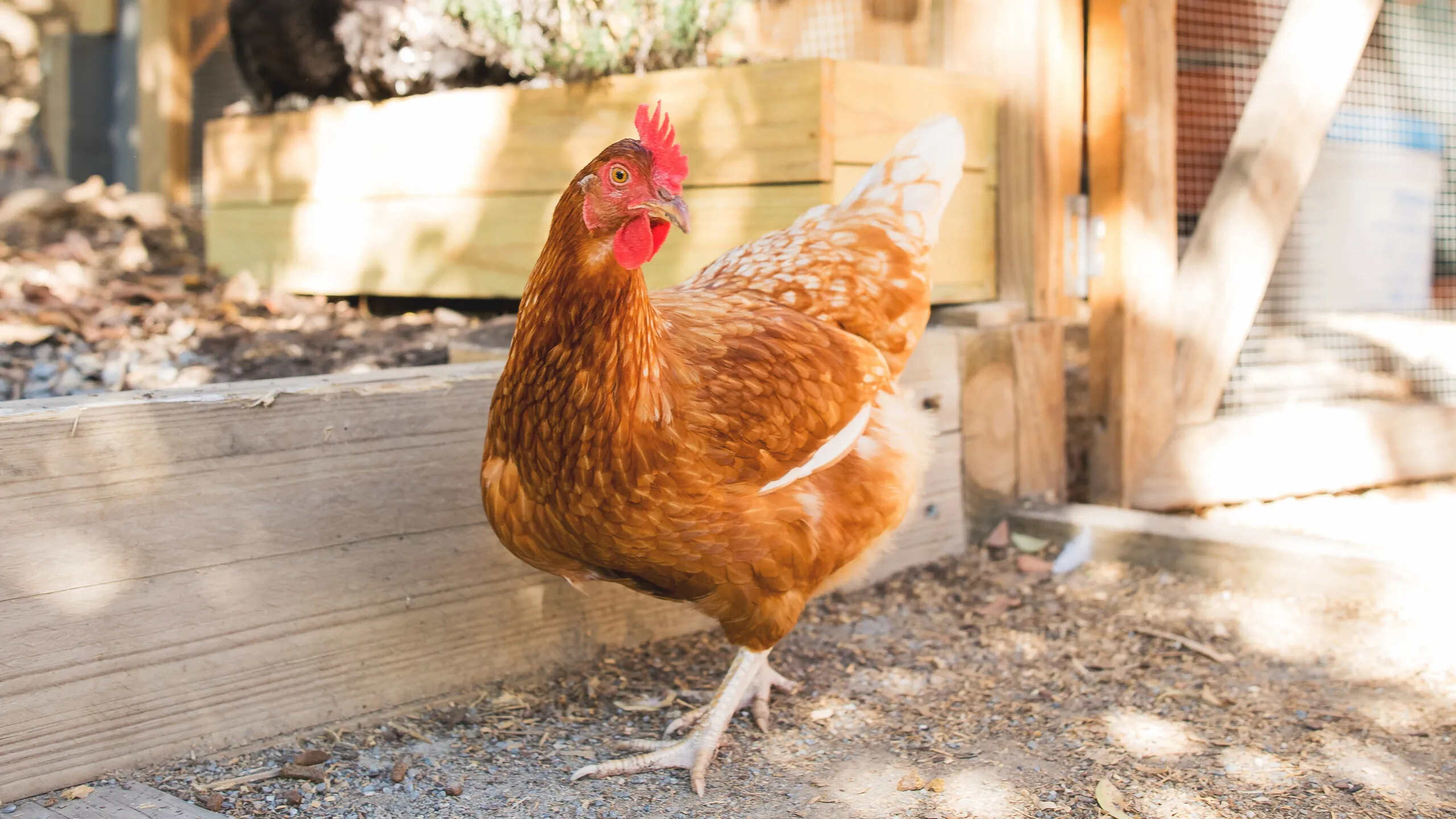
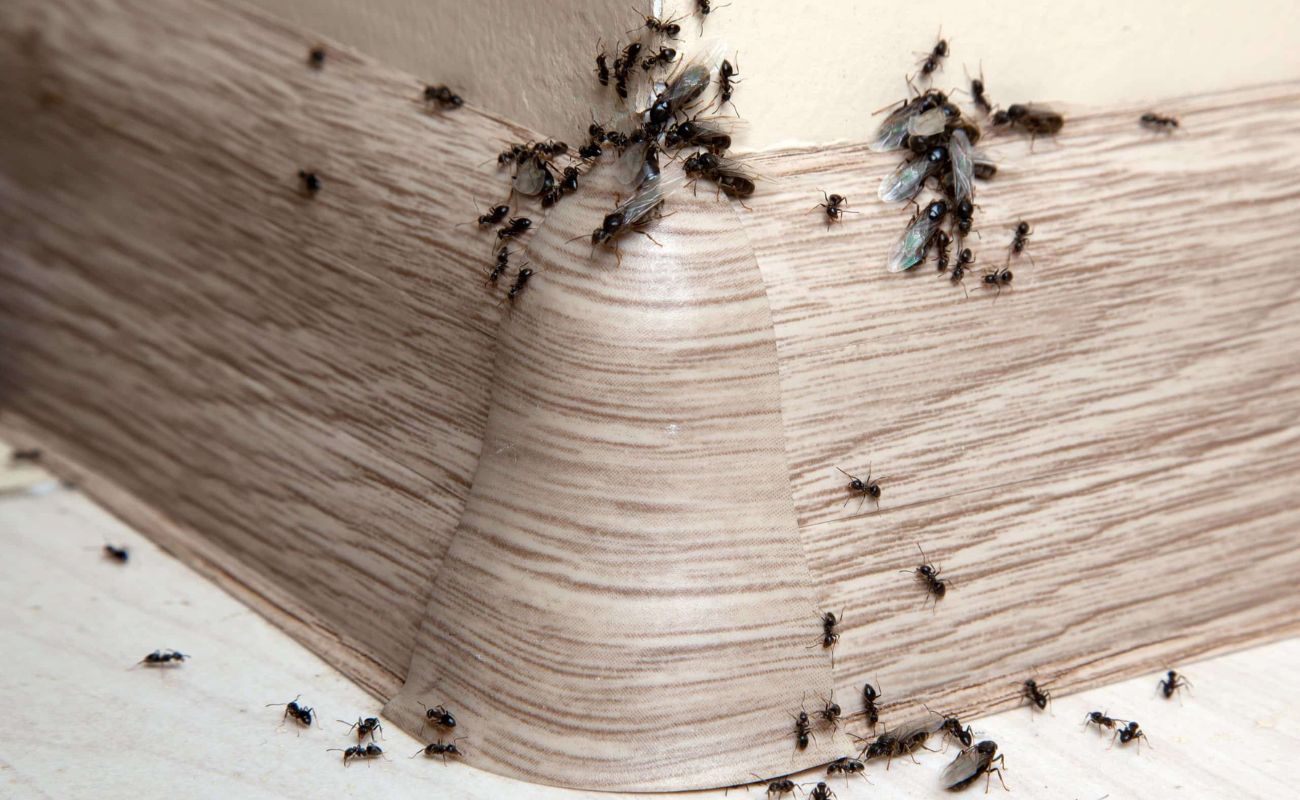

0 thoughts on “How To Keep Dogs Off Grass Seed”